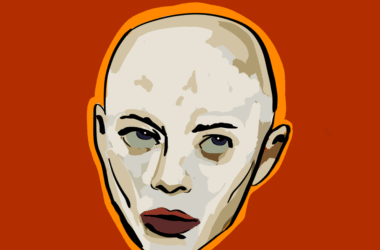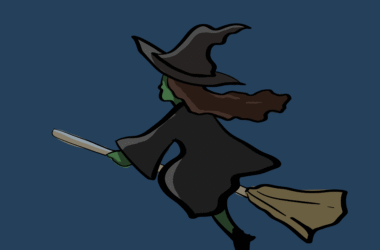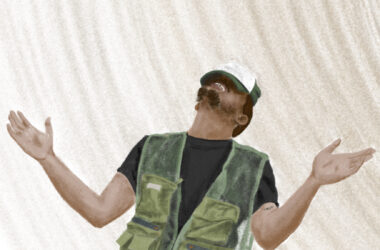 McGill-Queen’s University Press
McGill-Queen’s University PressElizabeth Hillman Waterston enrolled at McGill in September 1939-the same month that Hitler’s Panzer divisions first rolled into Poland and World War II began. When one thinks about how fraught with tension the McGill campus has been this year, with students locking horns over issues like the Quebec government’s proposed tuition fee increases, it is hard to even imagine how volatile campus politics must have been in Hillman’s time, when government proposals concerned policies of mass conscription, and when fighting for a cause was meant in the literal sense of the word.
Hillman, now a professor emeritus at the University of Guelph, has fortunately made the tricky task of imagining what the McGill campus was like during World War II a much easier one, having just published her memoirs, Blitzkrieg and Jitterbugs: College Life in Wartime, 1939-1942 with the McGill-Queen’s University Press. The book is written in a lively and engaging style, bringing to light a remarkable viewpoint of World War II, and of a very different student life compared to today’s.
On the one hand, Hillman’s view of the war is an abstract one, formed from the confines of an isolated ivory tower which remained unaffected by the fighting itself: Montreal was far from the tangible dangers of the war, and sonorous lectures, “freshette tea parties,” and essay assignments continued in defiance of the Nazi threat.
Yet on the other hand, Hillman makes it patently clear that the war still haunted McGill campus life, radically politicising classes and classmates alike, and transforming the university into a vital cog in Canada’s war machine: many students and younger professors signed up to the armed forces and were shipped off to Europe, the Middle East, or Asia; trigonometry professors were rushed off to help advise the government on how to lay mines and sink U-boats; multilingual professors were commissioned to crack enemy codes; chemistry classes focused on testing different forms of poisonous gases; physics classes specialised in improving radar technologies; psychology research looked at pain tolerance to assess the effects of torture; and female students spent a lot of their classes “knittin’ for Britain,” sending over knitted woolen clothes for families left homeless by the London Blitz.
Hillman’s main achievement in Blitzkrieg and Jitterbugs is her creation of a sense of immediacy throughout the book, using the present tense effectively to press home how urgent and extraordinary the wartime situation was, interlacing the prose with bold and daunting student newspaper headlines like, “Canada Declares War on Japan,” and “Nazis place 1,000 Czech Students in Concentration Camps.” Even more striking is how Hillman contrasts this state of global urgency with the cheerful jocularity of student life, in one breath mentioning the brave and desperate fighting of the alpine ski soldiers in the Norwegian snows, while in the next-in a twist of irony-recounting the fun, frivolous and carefree student skiing trips to the Laurentian mountains.
Other less savoury aspects of campus life are explored with gusto. In particular, Hillman flashes a torch onto the gender discrimination of the day, pointing out the complete absence of women in the faculties of law and mathematics, and noting the fact that Quebec women were not even granted the vote until 1940. Equally well-observed is how separate the anglophone Montreal community was from the francophone community during the war, socially as well as linguistically.
What makes the reading of this book so unsettling is how external politics managed to pervade every aspect of academia so thoroughly. It is not just about the classes using their expertise to help with the war effort; it is also the more remarkable and shocking fact that even English literature classes began to proselytize about the merits of warfare, with professors championing the virtues of Chaucer’s man-at-arms, and lauding Milton’s vows to oppose tyranny at all costs. Even more shocking is how the highest form of feedback in physical education classes was to attain the grade of “fit for service.”
The most disappointing facet of the book is that it finishes in 1942, when the war is still very much in the balance. Furthermore, there is not quite enough of a discussion about what the book’s characters went on to do later on in their lives-a topic that would have made for an interesting epilogue. But for the most part, Blitzkrieg and Jitterbugs is a highly enjoyable read, as well as being a highly informative glimpse into McGill’s past.






